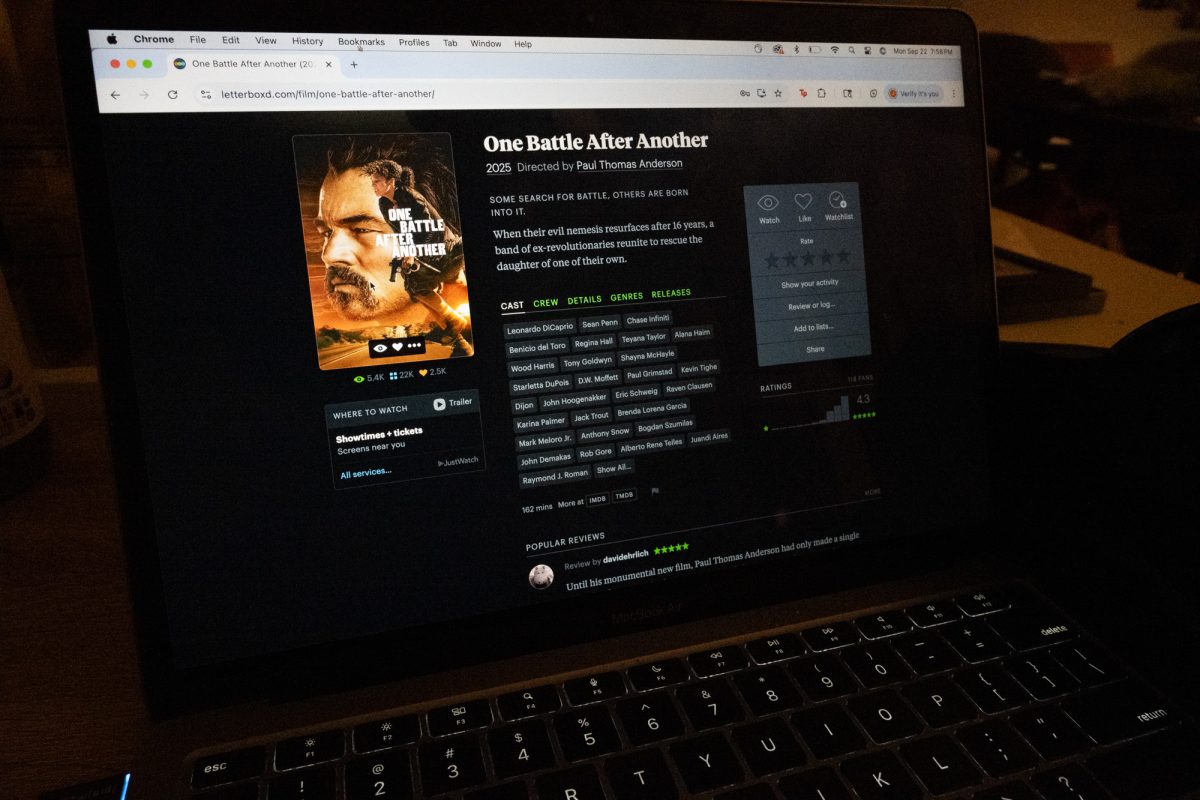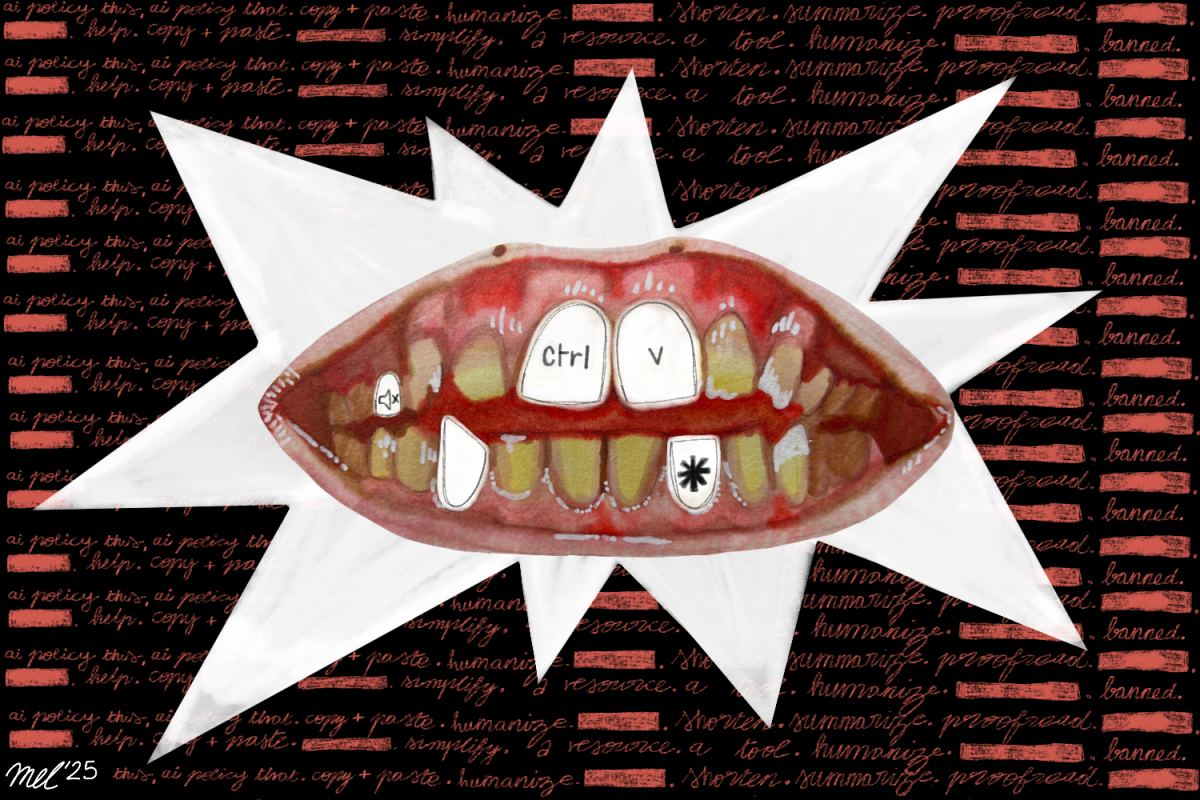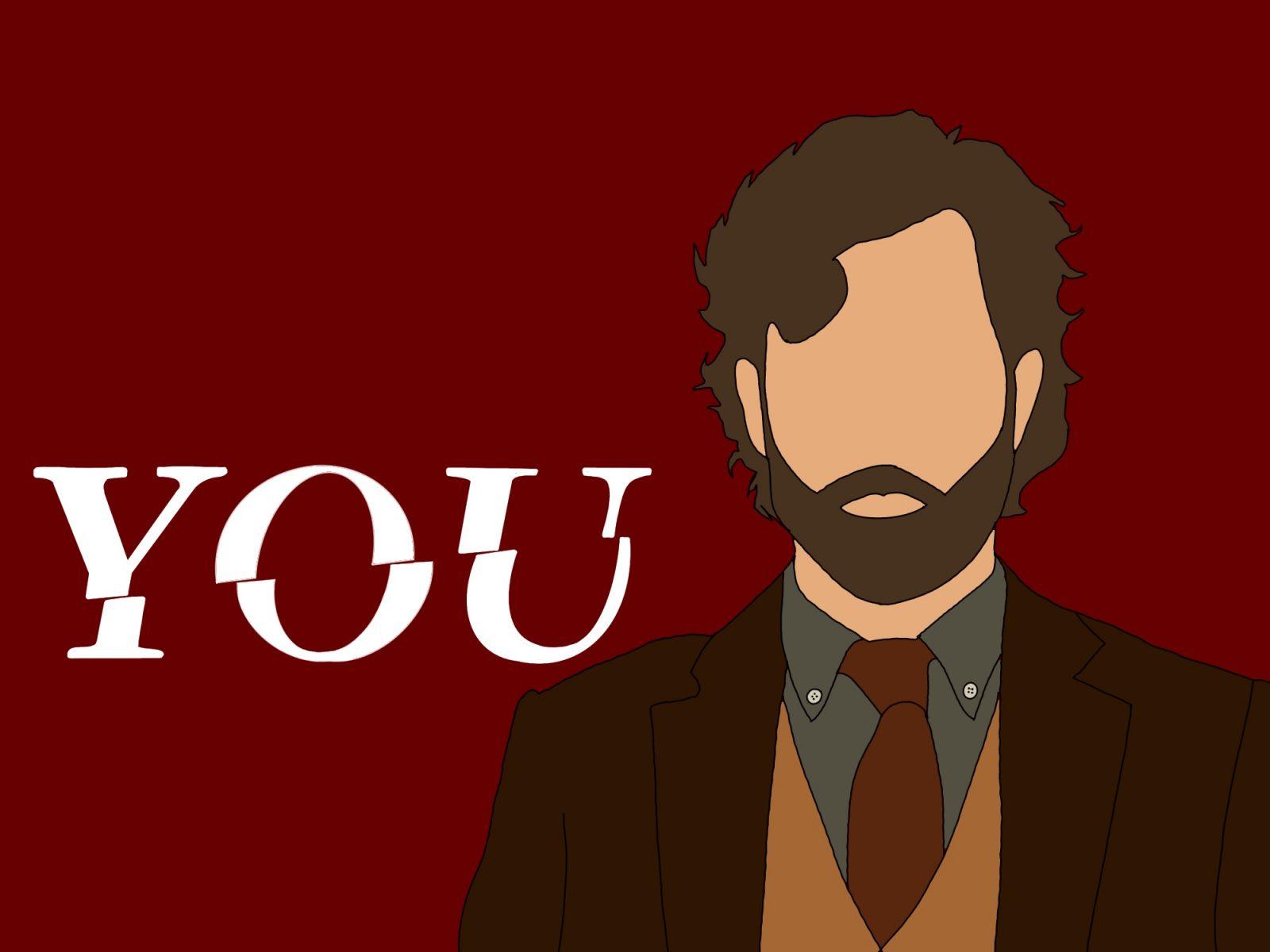When previews from the new Marilyn Monroe biopic first circulated, critics were optimistic. Many, including me, were pleasantly surprised by Ana de Armas’s uncanny resemblance to the pop icon and her stellar performance. But after watching the film a few days ago, one thought prevailed — what is this?
Despite de Armas’ incredible talent in embodying Monroe, the film exploits the icon and illustrates a disrespectful and mostly fabricated telling of her life story. “Blonde” isn’t even accurately based on Monroe ’s life but instead follows the narrative of Joyce Carol Oates’s fictionalized novel by the same name — which the film failed to clarify.
What was expected to be a caring tribute to exhibit the complex life of a loved icon was rather a dishonor to her legacy. The film is not only a misogynistic perspective of Monroe ’s life but also a shameless victimization of a strong and resilient woman.
She was anything but weak. The actress not only rose to fame with her professional ambition, but she was also a fervent activist for civil and women’s rights.
Monroe was not afraid to speak her mind and stand her ground when facing unfair treatment. For example, after learning about the wage gap between herself and co-star Frank Sinatra in “Girl in Pink Tights,” the actress simply left the set and refused to return — a demand which translated into the studio giving her a leading role in “The Seven Year Itch” and a cash bonus.
And yet, “Blonde” says something entirely different.
Under Director Andrew Dominik’s gaze, Marilyn is suffocated by misfortune. Portrayed as merely a sex icon, a victim to the predations of men whose haunted by substance abuse. The actress is minimized to her tragedies.
Given all the challenges faced by Monroe, “Blonde” doesn’t miss the chance to delve into each one, detailing and enhancing them.

“Blonde” is not only tragic but also sexist. For starters, the number of male characters overwhelms the film and, at times, outshines the leading star. Charles Chaplin, Edward Robinson, Joe DiMaggio, Arthur Miller, John F. Kennedy … the list goes on. Instead of turning the limelight on the icon’s solo rise to fame, the film reimagines her life using her abusive relationships as a road map.
Monroe’s first Hollywood success works as an accessory to a three-way romance with Chaplin and Robinson. Her miscarriage works alongside an emotionally burdening marriage with Arthur Miller. The film focuses on narrating the actress’ life in relation to the men involved.
Not only is “Blonde” fixated on Monroe’s relationships, but also on their failures. Most all male encounters in her life are tragedies as she is used and discarded. Raped by a studio executive or physically abused by Joe DiMaggio, Monroe’s sexual mistreatments pile up. And when traces of happiness start lining her marriage with Miller, tragedy strikes again as the actress is displayed lost in pills and booze. Monroe doesn’t catch a break.
The misogyny continues through Monroe’s depiction under a male gaze as innocent and demure. The number of times Ana de Armas appears crying in the film are too many to count. From a light tear trickling down her cheek as she gazes at herself in the theater, to heaving sobs at auditions, it’s just too much.
Displayed as a victim, Monroe appears as a fragile woman burdened by her craving for a parental figure to protect her — because, according to “Blonde,” she can’t protect herself.
And when she cries, Monroe is mostly naked. Andrew Dominik not only simplifies Monroe’s psyche but also objectifies her. With an emphasis on her body and on her success as a sex icon, the film erases the gap between her physique and her psyche, reducing her to her image. It’s ironic, given the film is trying to critique this depiction of her.
The sexism expands further than just the leading character, as the misogyny bleeds into the image of women in general. The abortion scenes, for instance, seem to shame pro-abortion rights. After being coerced into an abortion she didn’t want, Monroe hallucinates the voice of her imaginary baby that whispers, “You won’t hurt me this time, will you?”
The anti-choice narrative doesn’t stop there. Dominik also takes us through a detailed abortion from the perspective of Monroe’s womb. Instead of choosing to uncover the actress’ whirlwind of complex emotions, the director focuses on her insides.
This is a film about missed opportunities. While Monroe’s life was not a leisurely stroll in the park, there was more to it than tragedy. “Blonde” reimagines Monroe as solely a tortured sex icon, drifting and stumbling through the Hollywood machinery. The film ignores the traits that made her the feminine icon we know her for — her talent, intelligence, and tenacity to make a name for herself in a male-dominated industry.



















































































































